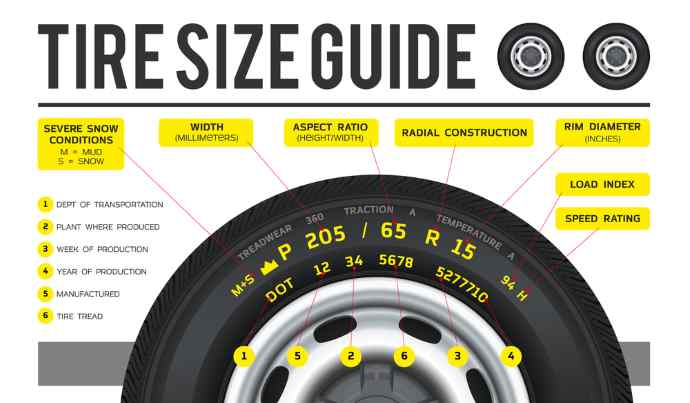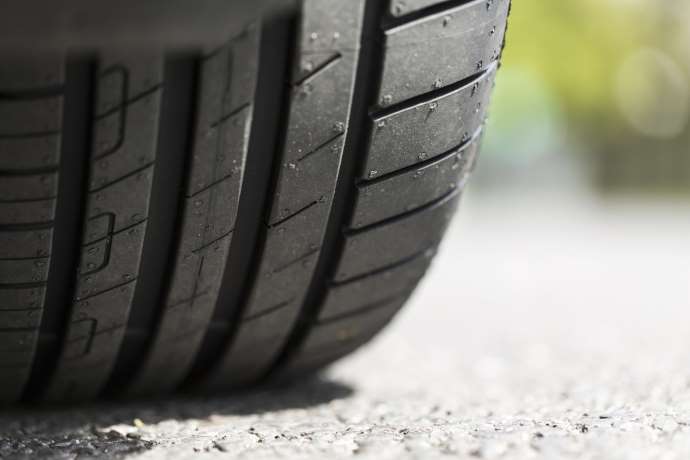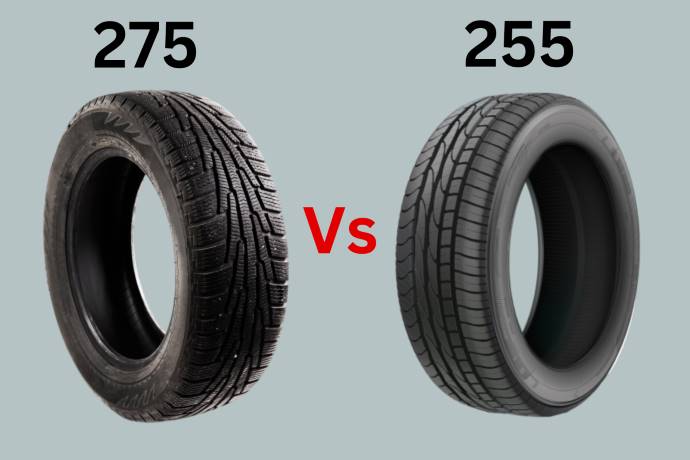Every vehicle relies heavily on its tires.
They are the only point of contact between the car and the road and are responsible for providing traction, stability, and steering control.
Tires have a significant impact on the performance, safety, and comfort of your car.
When selecting tires for your car, the width is an important consideration.
Two standard tire sizes are 255 and 275, and while they may seem similar, there are some differences to consider before deciding which one to buy.
What Does 255 Mean on a Tire?

255 means the tire is 255 millimeters wide.
255 refers to the millimeter width of a tire.
Tire width is measured from the tire’s widest point, usually the sidewall.
So a tire marked “255” means the tire is 255 millimeters wide.
What Does 275 Mean on a Tire?
A tire marked “275” means the tire is 275 millimeters wide.
The number 275 on a tire is a measurement of the tire’s width in millimeters.
This measurement is taken from the tire’s widest point, typically the sidewall.
255 Vs 275 Tires [8 Major Differences and Similarities]
There are 8 major differences between the 255 and 275 tires, including size, width, pricing, weight, MPG, traction and grip, acceleration, and load index.
1. 255 Vs 275 Tire Size

The aspect ratio between the tire’s height and width determines tire size.
Both 255 and 275 tires have different aspect ratios, which impacts their overall height.
275 tires are slightly taller than 255 tires with the same aspect ratio.
2. 255 Vs 275 Tire Width
The main difference between 255 and 275 tires is width.
A 255 tire is 255 millimeters wide, while a 275 tire is 275 millimeters wide.
This means a 275 tire is 20 millimeters wider than a 255 tire.
3. Pricing

Tire prices can change based on six things: the brand, model, tire material, tire size, and the store where you buy them.
The availability of these sizes for specific tire models can also impact pricing when comparing 255 and 275 tire sizes.
In general, 275 tires are slightly more expensive than 255 tires.
This is because making wider tires takes more time and materials, and it’s harder to make wider tires.
The demand for 275-series tires is also higher since high-performance vehicles often use them.
4. Weight

The weight of a tire depends on its size, construction, and the materials used to make it.
Generally, 275 tires are slightly heavier than 255 tires.
This is due to the large amount of material used to manufacture the tire.
5. MPG
Most of the time, tire size doesn’t have much of an effect on how much gas you use, but this can change depending on several factors.
Wider tires like 275s have a slightly lower MPG than narrower 255s.
This is because wider tires have a larger contact patch with the road, which can increase rolling resistance and reduce fuel efficiency.
Additionally, wider tires are heavier than narrower tires, which is another reason they use more gas.
6. Traction and Grip

275 tires provide better traction and grip than the narrow 255 tires.
Wider tires have a larger contact patch with the road.
The larger contact patch increases the amount of rubber that touches the road, giving the tires a better grip.
Wider tires often have a more aggressive tread pattern that makes them grip the road better in different driving conditions.
7. Acceleration
Tire width is a factor in acceleration.
Wider tires are heavier, which increases rotational mass and slows acceleration.
Wider tires make it harder to keep up speed on the flat or hilly ground because they increase rolling resistance.
A narrower 255 tire accelerates better than a wider 275 tire, especially if the vehicle is light and requires less torque to accelerate quickly.
8. Load Index

The load index indicates how much weight a tire can safely carry.
On the tire’s sidewall, there is a number that denotes the tire’s load index.
The higher the number, the greater the weight the tire can carry.
The load index for 255 and 275 tires can differ depending on the model and the manufacturer.
Generally, 275 tires have a higher load index than 255 tires.
FAQs
Can you put 275 tires on 255 rims?
Yes, replacing a 255 tire with a 275 tire is possible.
But you must ensure the tire fits the rims and meets the manufacturer’s recommendations.
What is the difference between 255 and 275 tires?
The main difference between a 255 and a 275 tire is their width.
A 255 tire is narrower than a 275 tire.
A 255 tire has a width of 255 millimeters, while a 275 tire has a width of 275 millimeters.
Are 255 tires wider than 265 tires?
No, 255 tires are not wider than 265 tires.
On the contrary, the 265 tires are wider than the 255 tires.
The width of a 255mm tire is 255mm, and the width of a 265mm tire is 265mm.
So, a 265 tire is 10 millimeters wider than a 255 tire.
Are 255 tires wider than 275 tires?
No, 275 tires are wider than 255 tires.
A 255 tire is 255 millimeters wide, while a 275 tire is 275 millimeters wide.
As a result, 275 tires are 20 millimeters wider than 255 tires.
How much taller is a 275 tire than a 255?
The height of the tire depends on the aspect ratio.
With the same aspect ratio, 275 tires are about 10 mm, or 0.4 inches taller than the 255 tires.
Final Thoughts
Both 255 and 275 tires have their advantages and disadvantages.
The choice between them depends on your specific needs and preferences.
The choice between them depends on your needs and preferences.
By considering the size, width, price, weight, MPG, traction and grip, acceleration, and load index, you can decide and choose the right tires for your car.

